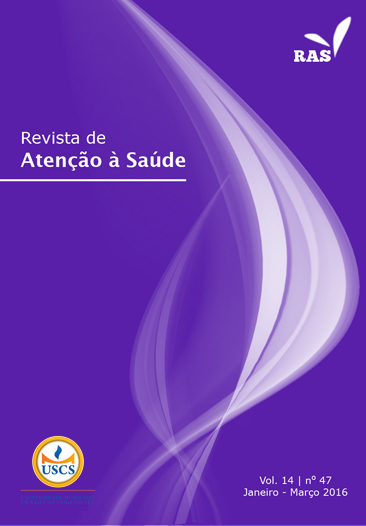Main psychometric evaluation methods of the validity of measuring instruments
DOI:
https://doi.org/10.13037/ras.vol14n47.3391Keywords:
Validity of tests, Measurements, methods, and theories, Questionnaires, PsychometricsAbstract
Introduction: The publication of studies demonstrating the importance of proper psychometric evaluationof measuring instruments as a good quality instrument criterion with regard to evidence of validityand reliability is increasingly common. The validity of a measuring instrument brings together a body ofevidence proving that it is in fact measuring the construct that it is supposedly measuring. This articleaims to present the basic principles of psychometric evaluation of the validity of measuring instrumentsand the main statistical methods described in the literature. Development: The survey was conductedfrom publications in MEDLINE, LILACS, and IBECS databases and also from the descriptions in relatedbooks. The studies’ analyses involved reading titles, abstracts, and articles published in the last 10 years andduplicated articles or those not responding to the purpose of this review were excluded. The techniques ofevaluation of quantitative validity that make up the trinary model (construct validity, content validity, andcriterion validity) has proved sufficient and satisfactory in demonstrating the validity of an instrument.Conclusion: In general, the authors agree with the basic criteria for evaluating the validity of a good measuringinstrument. The validity of a measuring instrument is an existing psychometric attribute in a goodinstrument and needs to be covered in these study categories.Downloads
Downloads
Published
2016-02-16
Issue
Section
ARTIGOS DE REVISÃO
License
Policy Proposal for Journals offering Free Delayed Access
Authors who publish in this magazine agree to the following terms:
- Authors maintain the copyright and grant the journal the right to the first publication, with the work simultaneously licensed under a Creative Commons Attribution License after publication, allowing the sharing of the work with recognition of the authorship of the work and initial publication in this journal.
- Authors are authorized to assume additional contracts separately, for non-exclusive distribution of the version of the work published in this magazine (eg, publishing in institutional repository or as a book chapter), with the acknowledgment of the authorship and initial publication in this journal.
- Authors are allowed and encouraged to publish and distribute their work online (eg in institutional repositories or on their personal page) at any point before or during the editorial process, as this can generate productive changes, as well as increase impact and citation of the published work (See The Effect of Open Access).









